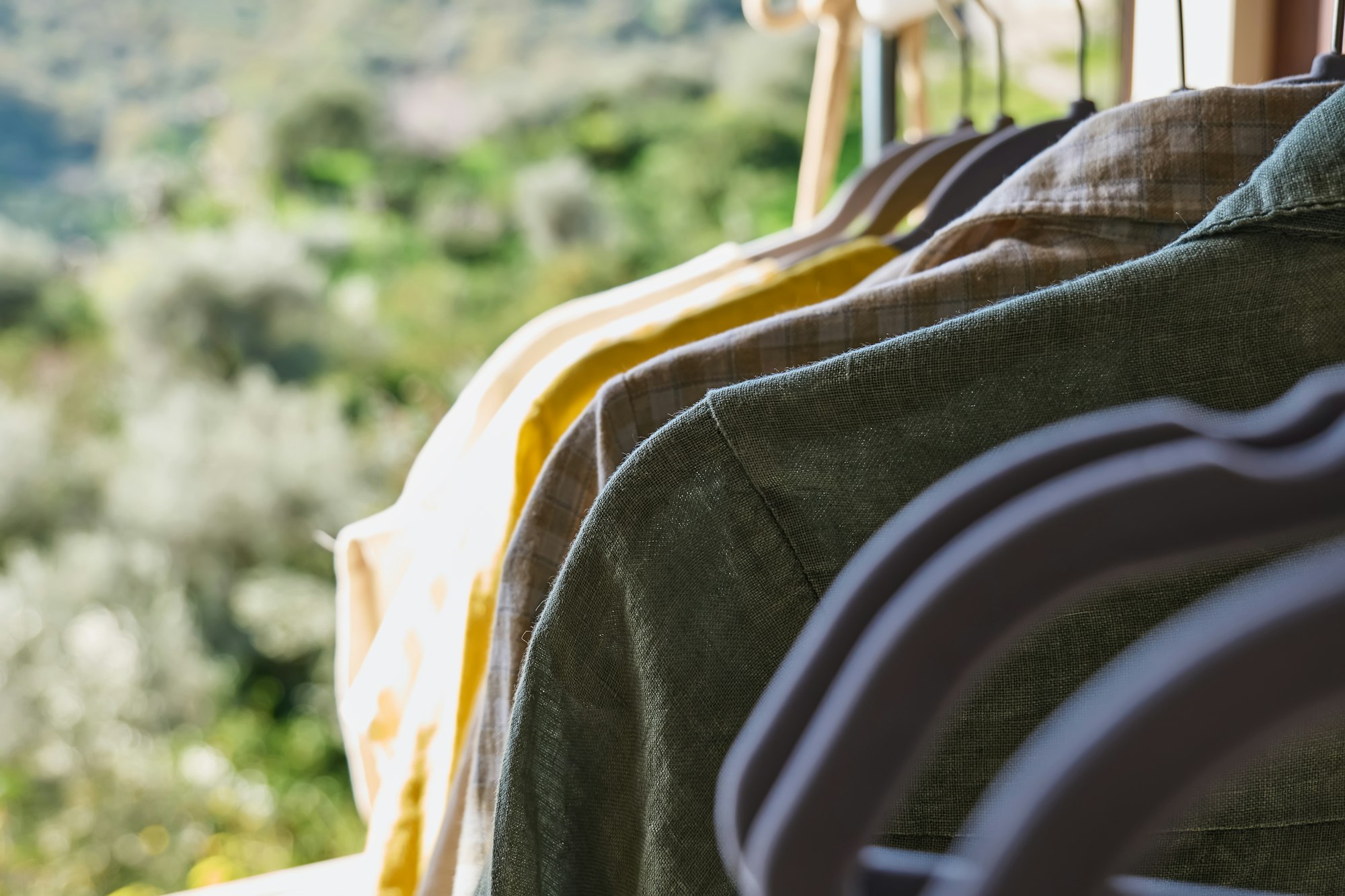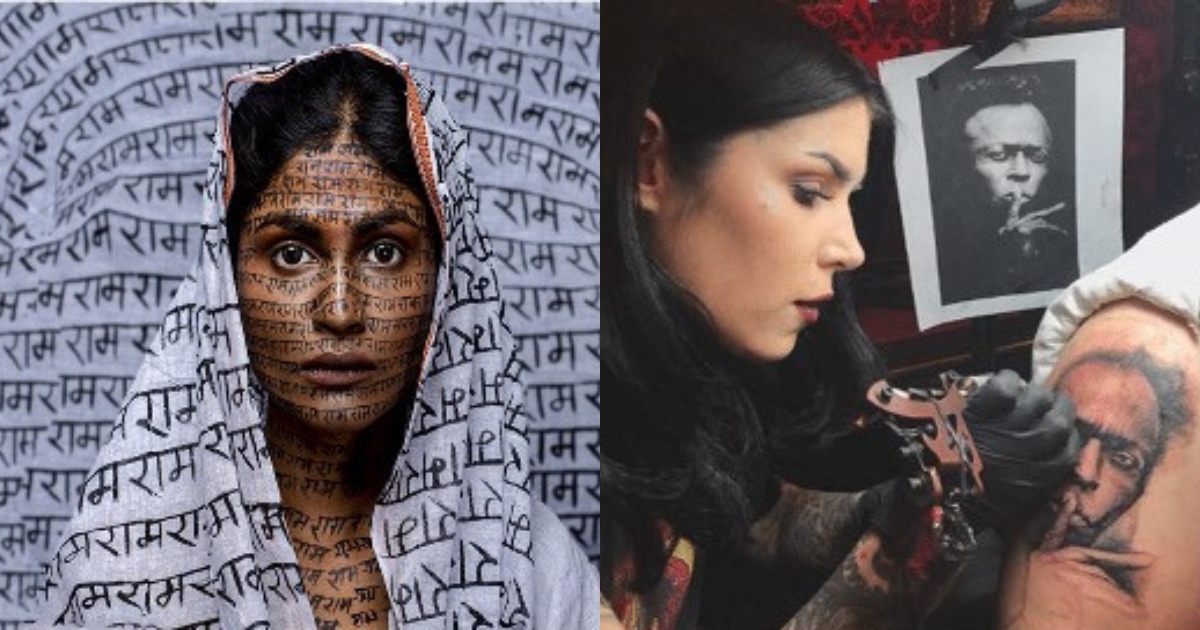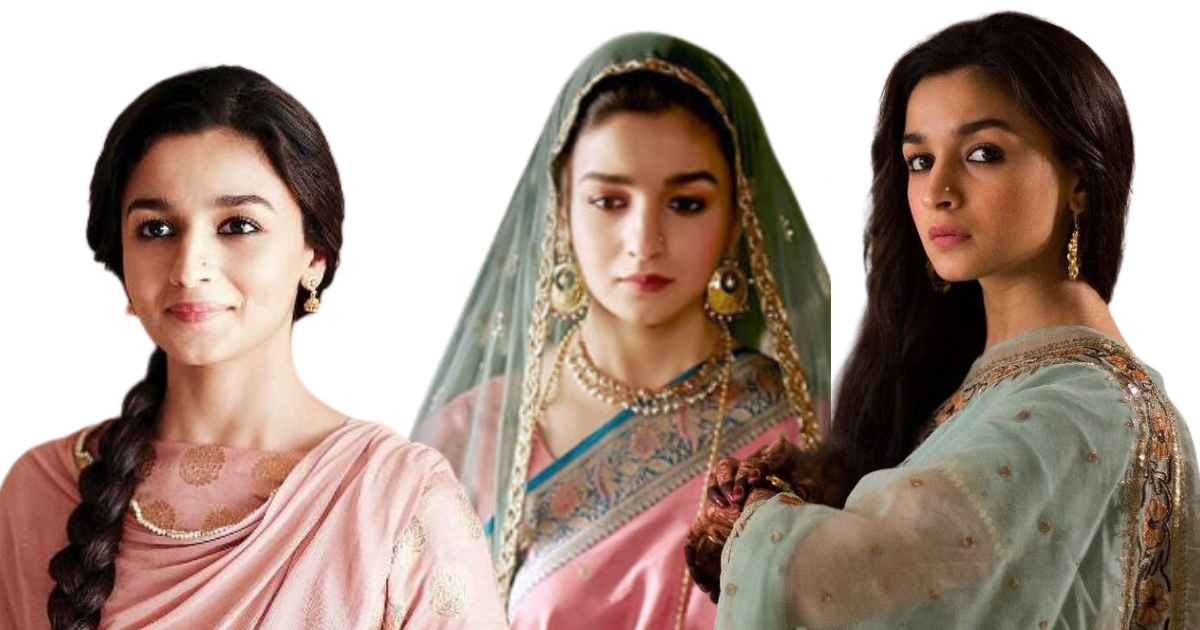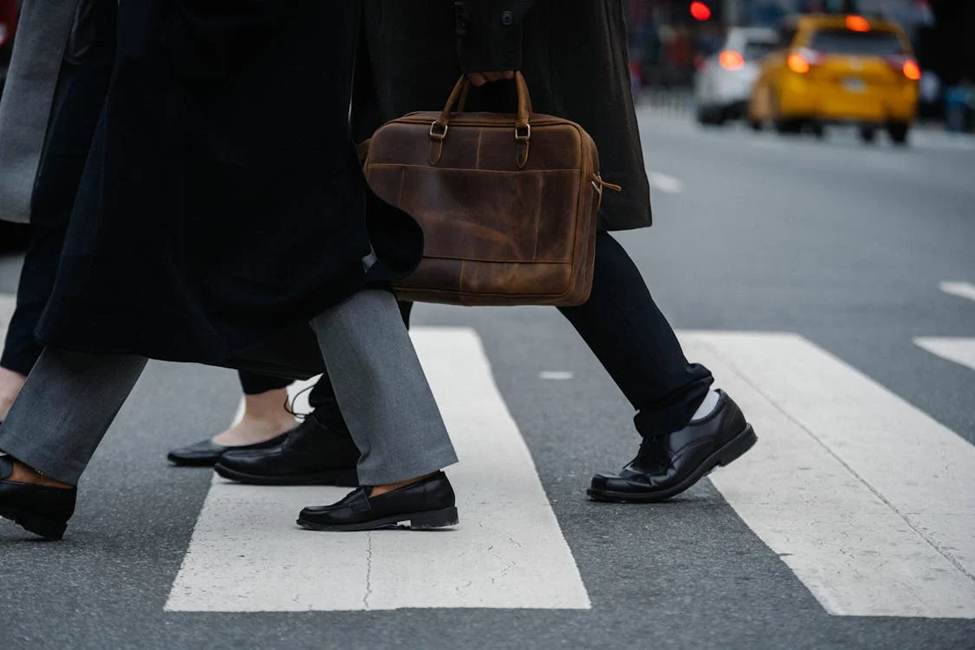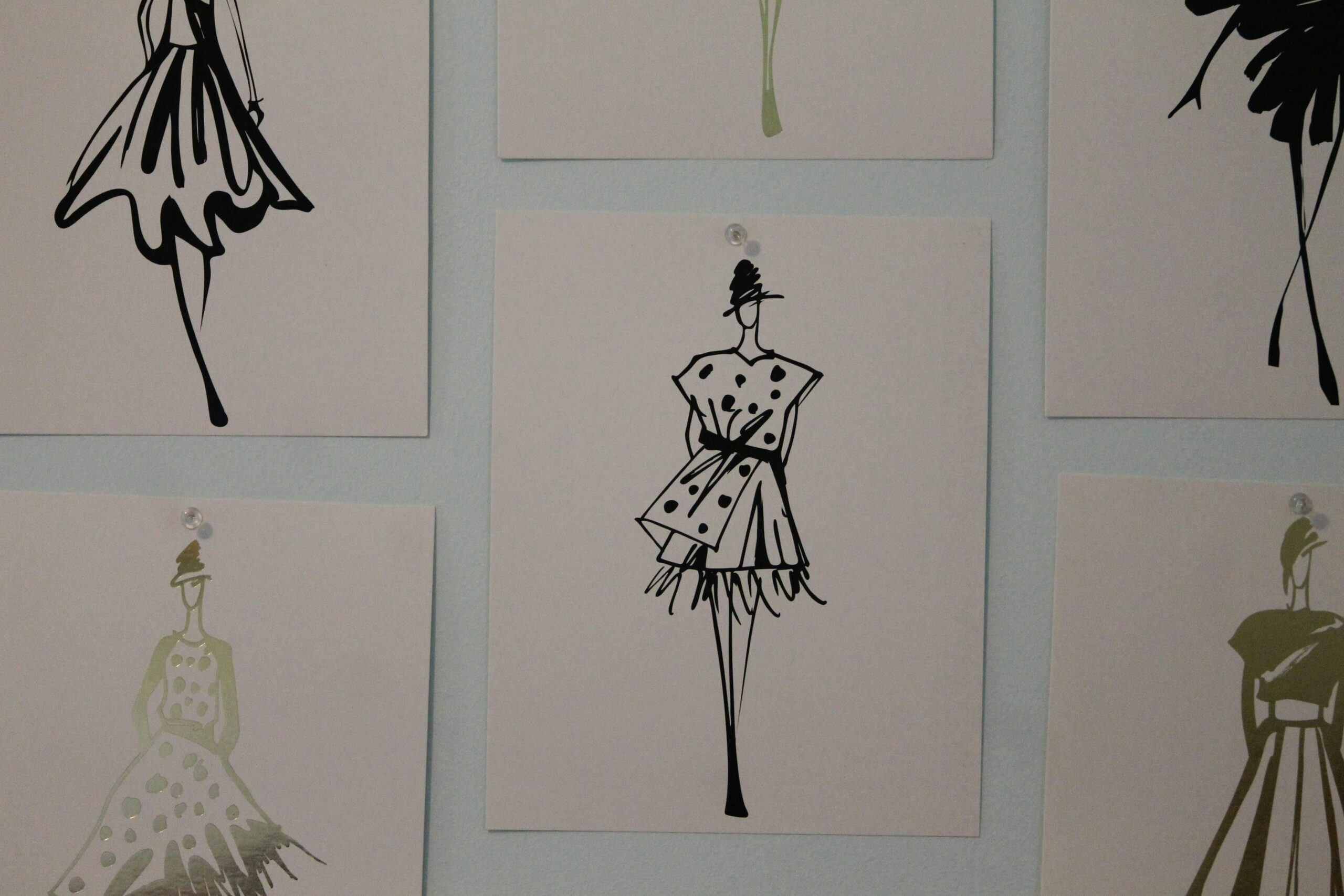Fashion is defined as “the cultural construction of the embodied identity.” Fashion is form of art, principally driven by creation and innovation for ages, and has proven to be ever-growing sector. Nonetheless, fashion is one of the major sectors of global business, contributing to overall economy. Let’s understand about Intellectual Property in Fashion in this column:
Why IPR is important in Fashion industry: –
The fashion industry covers wide sphere of intellectual property rights within it, in connection with clothes, footwear, wearable accessories, jewellery etc. This includes copyright, trademark, patents licensing and geographical indications.
Plagiarism or copying any product in the fashion industry quite common, hence it is very important to protect one’s creation and Intellectual property rights plays a major significance. Securing the work by IP’s help an artisan in majorly two distinct ways:
- Legal rights can stop anyone from misusing, selling, offering anyone to sale or benefiting off your textile or product without your permission; and
- Legal rights can generate revenue from your designs by allowing you to enter into licensing agreements with third parties.
Thus, IP rights not only protects but “identifies the creators by their content”. By adapting a more adaptive approach of strategically managing IP rights distinctly from commercial operations a brand/artisan can make a mark in the industry for his/her name.
Brands like Rolex, Patek Philippe, and Audemars Piguet are known for actively protecting their intellectual property, especially their trademarks.
Obtaining IP’s and also marketing helps the individuals at great length. For example- KidSuper, the designer — whose bright, arty clothes earned him a place in the 2021 LVMH Prize Finals, and a guest designer post for Louis Vuitton in 2023 — curated a set at the Netflix. This is the latest example of his creative approach to building brand awareness.
Few landmark Cases:-
A federal appeals court in New York has sided with Thom Browne in the latest round of a closely-watched trademark case waged against it by Adidas. In a summary order, it was observed by a panel of judges for the U.S. Court of Appeals for the Second Circuit affirmed a final judgment from the lower court in the stripes-centric case that followed closely from an eight-day trial in New York in January 2023.
The federal jury found that Thom Browne did not engage in trademark infringement or dilution of adidas’ three-stripe mark by offering up apparel and footwear bearing a four-stripe motif.
Hermès made headlines in December 2021 when an artist named Mason Rothschild revealed in an open letter that it had sent him a cease-and-desist letter, alleging that he was infringing its federally-registered trademarks by way of the sale of non-fungible tokens (“NFTs”).
In light of Rothschild’s unwillingness to meet the demands set out by Hermès in its cease-and-desist (including pulling the NFTs from the market), the Birkin bag-maker filed suit against him in a New York federal court on January 14, accusing him of federal and common law trademark infringement, false designation of origin, trademark dilution, cybersquatting, and injury to business reputation and dilution under New York General Business Law, and seeking monetary damages, including the profits that he made in selling the NFTs, and injunctive relief to bar him from making further use of its trademarks.
Louis Vuitton never marks down its prices. Today, a leather varsity jacket that originally appeared on the Autumn/Winter 2024 men’s runway in January and stole the show has turned into an NFT limited to 200 copies. Interestingly, the NFT can be purchased through a token-gated website, and the physical version drops in November or December.
Yet in another significant case – in the protection of fashion designs through patents is the case of Star Athletica v. Varsity Brands (March 22, 2017). In this case, a lawsuit was filed by Varsity Brands against Star Athletica when Star Athletica began to produce cheerleading uniforms with aesthetic elements such as chevrons, zigzags, etc., that were similar in design to those created by Varsity Brands. In response, Varsity Brands sued Star Athletica for copyright infringement. Star Athletica argued by stating that designs by them were designed with a practical and functional motive in mind. The Supreme Court struck down this argument, deciding the case in favor of Varsity Brands stating “Congress has provided copyright protection for original works of art, but not for industrial designs and that Varsity Brands has afforded limited protection for these artistic elements by providing that “pictorial, graphic, or sculptural features” of the “design of a useful article” are eligible for copyright protection as artistic works if those features “can be identified separately from, and are capable of existing independently of, the utilitarian aspects of the article.”
Another in another notable case is that of Sabyasachi, a well-known Indian designer, is aggrieved by the infringement of his registered designs for lehengas. Sabyasachi claimed that Mr. Ankit Keyal, proprietor of Asiana Couture & Ors (the defendant), uses a deceptively similar design to his registered design for ‘Rusheeda’ and ‘New Botanical Lehenga/P.C Lehenga.’(November 2022). Further, the Hon’ble Delhi High Court restrained the defendants from manufacturing, applying, selling, offering for sale, importing, advertising/publishing, directly or indirectly dealing in the afore mentioned lehengas or any garments/similar article which is obvious or fraudulent imitation of the already registered design.
Furthermore, the case of Crocs, Inc. v. International Trade Commission (February 24, 2010) has addressed the issue of design patents in the footwear sector. This case highlighted the significance of design patents in safeguarding the unique aesthetic features of footwear designs, demonstrating the broader implications of patent law in the fashion industry.
“The court found that the accused products infringed the design patent (‘789 patent) despite minor differences in detail. The case was remanded to the ITC for further determination of infringement and appropriate remedies.”
Moreover, recently, Rolex has filed a case for trademark infringement:
Rolex Watch U.S.A., Inc., Vs Hallmark Licensing LLC (04/23/2024)
Where the notice states that the crown mark by applicant (Hallmark Licensing LLC) and Rolex’s Crown Design trademark are nearly identical in appearance and commercial impression. Final decision is pending here.
IPR in fashion is more than just about copyright, trademarks and patents of a designer or a brand but also the protection of culture by acknowledging geographical indications. One example of such case is collaboration between Swedish brand H&M, the Indian designer Sabyasachi Mukherjee, launched a collection named Wanderlust, including saris, infringing on the Geographical Indications (GIs) of certain Sanganer artisan communities. An open letter was issued signed by 15 Indian crafts associations and collectives, including Crafts Council of India, Crafts Council of Karnataka, and the All-India Artisans & Craftworkers Welfare Association and one of the questions raised in the letter was:
“Have the artisan communities that have the proprietary rights to these designs been credited or compensated in any way? In the case of some of the designs used in ‘Wanderlust’, the Sanganeri print artisans have a Geographical Indication registration.”
Here Sabyasachi Mukherjee stated that he works with local artisans and anyways give them there share so did not gave any part of this to sanganer artisans.
FASHION AND AI:
New technologies are making their mark in the fashion world from ventures like Dolce & Gabbana’s Collezione Genesi NFT, which offers unique fashion pieces as non-fungible tokens, to many platforms, for example- Metaverse Fashion Week 2023. It’s generally anticipated that generative artificial intelligence will significantly boost operating profits in the apparel, fashion, and luxury sectors, in the coming years.
AI can assist in designing, and generative AI can process raw text, images, and video—it can also help in written scripts to 3-D designs, and craft realistic virtual models for video campaigns, adds the report. London, Milan, New York, and Paris, and India Fashion Week, almost over, fashion houses are ready to retail. There are fashion pundits that predict that in the next three to five years, AI is predicted to add $150 billion, and up to $275 billion to the apparel, fashion, and luxury sector in profit, globally (McKinsey analysis 2023).
However, contrarily, almost 36 Pearl students showcase the benefits and pitfalls of AI in “AI is contagious”, at LFW X FDCI 2024 with an interesting display of ideas through pixelation, distortions and translucency. The various looks tell us how AI can be a boon and bane, the key is using it effectively and the show is thus, divided into three sections.
- The World Economic Forum report states 75% of Generation Z shoppers prefer sustainability, and brands like Stella McCartney tied up with Google Cloud, to add machine learning and cloud-based data processing.
- Burberry, a global and well-known luxury fashion brand, has used big data and AI in order to enrich its customer and sales relationships and as a tool to combat counterfeit products. The company uses big data by encouraging customers through loyalty and reward programs, and Burberry uses this data to offer tailored recommendations for both online and in-person shoppers and as a method to increase sales.
- Tommy Hilfiger’s partnership in January 2018 with the Fashion Institute of Technology (“FIT”) Infor Design and Tech Lab and IBM on a project called Reimagine Retail. The objective of this project was to show how AI technologies could give retailers an edge of speed in the design process and provide the next generation of retail and design leaders with new skills to use AI in the design process.
- Google Shopping aspires to reduce sizing issues by increasing inclusive models for virtual try-ons.
- Trendalytics, a New York-based company, uses AI to get insights from social media and Google and help sellers to know the popularity of fashion trends so that they know what will increase sales.
Hereby, the Pearl Academy is of the opposite opinion to it.
It is worthwhile to note that, with advancing technology also comes the fear of ownership. At present, there is no clear protection for fashion designs created using AI.
Conclusion
In the world of fashion, Intellectual Property rights play a not so simple yet crucial role in protecting the creativity and innovations of artisans. The IPR collectively aim to safeguard the intangible assets of individuals/industries imitated immediately after their public release.
The IP protection is versatile in this domain. The cornerstone of the fashion business is one of homage, reference, and inspiration which can provide legal protections in the fashion industry have significant implications for both established companies, emerging entrepreneurs, or even local artisans. Due to the same reasons India’s at least within its legal picture comprises of few landmark fashion law cases or judgements which might pave the path for our legal fraternity to explore the unexplored ambits of the field of fashion law. But since law has a nature of setting a future precedence so below are discussed few of the landmark judgements on both national and international level which have proved to be milestones within the shaping of fashion laws as well as conduct within the arena of fashion industry. The ideas/designs etc. must be under the ambit of the Intellectual property rights continuously to grow and move ahead in this domain.
Authors:
Rahul Bagga, Nisha Wadhwa and Neha Sharma of Aumirah









